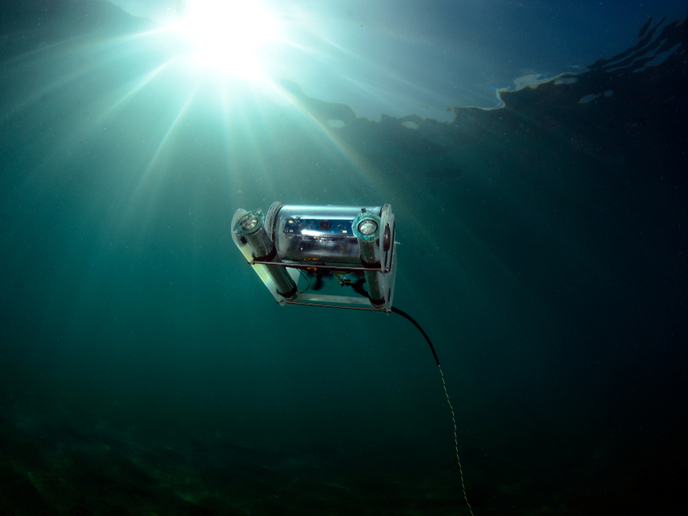Cutting-edge software deploys robots in hazardous underwater situations
When dealing with underwater scenarios, there is a lack of simulation systems and realistic 3D interfaces to remotely control robots. This is particularly important for robots that are sent out on dangerous tasks where human intervention is not possible, including accidents, fires, smoke and radiation. As part of the EU-funded El-Peacetolero project and the TWINBOT project, researchers have developed software that enables operators to remotely control underwater robots with manipulation skills in a more efficient manner. The new software includes a computer graphic interface to carry out realistic simulations. Both projects are being carried out at the Universitat Jaume I (UJI) of Castelló, Spain.
Realistic manipulation and simulation capabilities
A news item(opens in new window) posted on ‘R&I World’ explains how the emerging method makes up for the lack of simulators. “The new technology amends, in the context of underwater scenarios, the lack of simulation systems and realistic 3D interfaces that enable remote control of tasks in autonomous and teleoperated mobile manipulator robots.” The new software enhances the reality provided by the robot in a dangerous setting by combining it with 3D data retrieved with the use of AI methods. As a result, users experience a mixed reality that is very beneficial. The system can show the status of a robot in a 3D environment by collecting real information from cameras and sensors. Before interacting with actual systems, the user interface incorporates a realistic simulation system to experiment with robot operations and simulated telemetry. This makes the robot’s tasks more effective, while also safeguarding people’s safety in these instances.
Going where we cannot
The news item described the innovation’s benefits. “The new software makes it possible to achieve underwater robots capable of manipulating, obeying the orders of the human operator and simulating the effects of robotic actions before they occur; at the same time, it enriches the information offered to the user, favours the supervision of the task and improves the safety of the interventions. One of its advantages is that it offers greater precision in the manipulation and control of robots in adverse or dangerous scenarios.” The software was validated under real conditions at the Research Center in Robotics and Submarine Technologies of El-Peacetolero project partner UJI. The software has already been enhanced and adapted to industrial and hospital environments. Cooperative robotics (e.g. Industry 4.0) underwater, radioactive or hazardous environments for human health due to fire and smoke, as well as security and telecommunications research, are some of the main sectors and domains that will benefit from the software technology. The project is currently pursuing specific agreements and licensing agreements with companies to develop and adapt the technology to particular applications. El-Peacetolero (Embedded Electronic solutions for Polymer Innovative Scanning Tools using Light Emitting devices for diagnostic Routines) ends in August 2024. For more information, please see: El-Peacetolero project(opens in new window)



